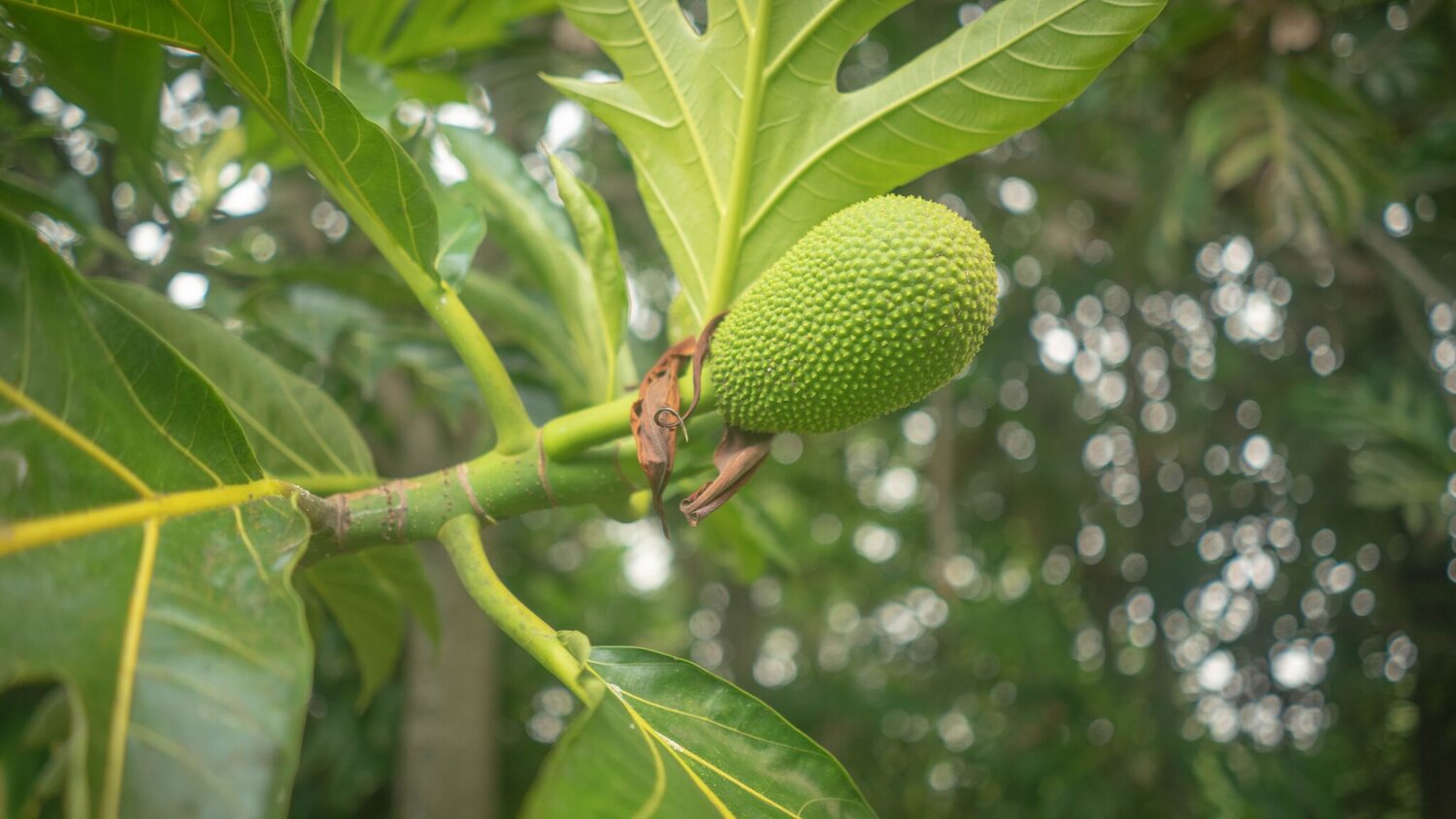HAWAII
Global warming and sea level rise are increasing the severity of natural disasters hurricanes, tsunamis, earthquakes, and tropical storms. Island communities in the Pacific region are located in one of the most disaster-prone areas and rural Hawaiian communities are some of the most vulnerable populations to the devastating effects of climate change. Hawaii depends on imports to provide 90 percent of its food and energy, the antithesis of sustainability. In the event of a natural disaster they can be left for weeks without assistance. These island communities also foreshadow the challenges that all coastal communities may eventually face.
This segment follows the revitalization of indigenous agroforestry practices being restored on The Big Island of Hawaii. Kalani Souza and his wife bought the home seen above to show what a Native agro-forest would look like on a small backyard scale. After 13 years the abundance of what their yard is producing is very inspiring with over 100 varieties of fruit, vegetables and nuts. . The contrast between their yard and the grass lawns surrounding them shows what is possible while also telling a story about how the landscape once looked across most of Hawaii.
Kalani Souza, is a Hawaiian practitioner, cross cultural facilitator and director of the Olohana Foundation, a 501(c)3 which uses traditional Native Hawaiian edible food forests as a post-disaster recovery strategy. His work involves improving the capacity of “frontline” indigenous and non-indigenous to build community resilience to climate change with a specific focus on food sovereignty. By educating indigenous communities he is building their capacity for resiliency. Using ancient Native Hawaiian principles today will help them and all of us learn to better navigate the tumultuous times ahead in the face of climate change. Behind him is a 10’ by 23’ plot that he uses to teach families living in residential neighborhoods on Hawaii that it is possible to grow your own food using traditional agroforestry techniques even in a small R1 zone.
Breadfruit
An important food source that is being brought back is Breadfruit, known as ‘ulu, which has been grown in the Hawaiian Islands for close to 1,000 years. Increasing urbanization and changing lifestyles have decreased the cultivation and use of breadfruit over the past century. Kalani works with PhD Craig Elevich to revitalize breadfruit as an attractive, delicious, nutritious, abundant, affordable, and culturally appropriate food that helps address Hawaii’s food security issues. The friendship between Craig and Kalani can also be a model for merging the two world-views of western science and indigenous wisdom in a mutually beneficial way.


